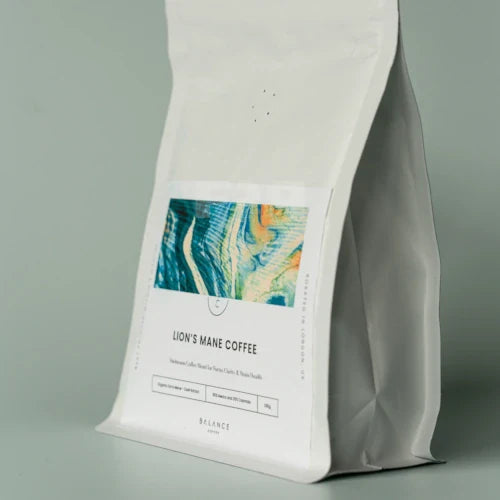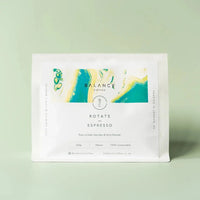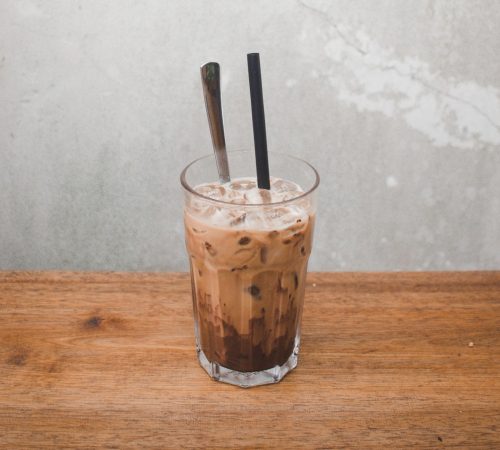Light roast coffee vs dark roast huh?
Why do different coffees have different roasts?
Does this affect flavour?
Will dark roast coffee have more caffeine, or will a light roast coffee have more?
What really is “strength” in the context of supermarket packaging?
Let’s delve in and investigate.
Light, Medium and Dark Roast Coffee
At Balance Coffee, we generally roast our speciality coffee beans on the light to medium end of the roasting scale, as roasted coffee tastes better this way and retains the natural sweetness of the original raw bean.
In essence, the darker you roast coffee beans, the more bitter the coffee becomes. There is no reason to say it’s a negative; if that’s what your taste buds desire, then that is what you like.

Moving on to supermarket coffee, this is essentially the same as “strength”. And it has less to do with caffeine content and more to do with how much it has been roasted, on a scale from light to dark.
Generally speaking, you won’t find lightly roasted coffee in the supermarkets, as the shelf life is shorter than that of dark roast coffee.
What's the difference between light and dark roast coffee?
Are Dark Roasts Stronger?
It depends on how you define “stronger”. If you’re linking supermarket rating scales to our roast levels, then yes—the higher the number, the darker the roast.
Darker beans or coffee roasted longer have been heated to higher temperatures during roasting.
This means they become denser due to the breakdown of acids and thus, a bitter flavour profile is produced.
The reason supermarkets stock dark-roasted coffee is for commercial purposes: to mask poor quality and extend shelf life.
Thankfully, brands like Balance Coffee always roast fresh to order to preserve flavour.
The result? A healthy coffee that's fresh, tastes nice and is free from mould, mycotoxins and pesticides.
Dark Roast Coffee - Does That Mean There's More Caffeine?
What is the difference then between the strength of flavour and caffeine content?
Does light-roast or dark-roast coffee pack more of a punch? It’s a tricky subject, as many variables are at play.
It’s not just down to the beans themselves; it’s also about what method you use to make coffee. For example, pourover coffee methods like V60, Kalita or Chemex will produce more caffeine than an Aeropress.
Alexa Tucker writes a great article on how each brew method produces varying amounts of caffeine. Dark- and light-roasted coffee beans have the same caffeine levels.
However, if we are talking about a single cup of coffee, dark roasts tend to have higher caffeine content.
The reason for this is that they have less mass—they use more beans per gram than a lightly roasted coffee, which in turn means there will be more caffeine present.













